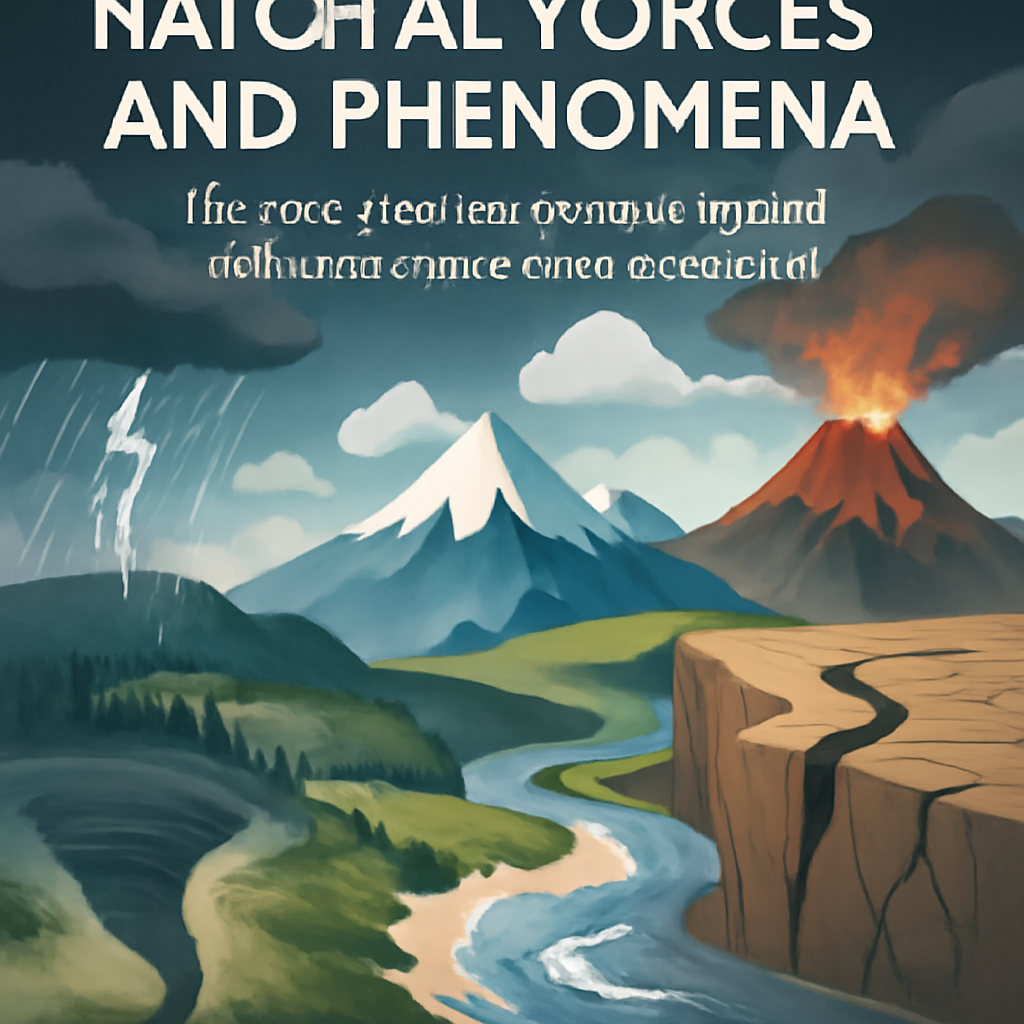Location
Mount Vernon, WA 98274
Location
Mount Vernon, WA 98274

Natural forces and phenomena play a crucial role in sculpting the Earth's landscapes and influencing its ecosystems. This article delves into the complex interplay of these forces, from weather patterns to geological shifts, and their profound impact on our environment.
Nature is a grand symphony of forces, each playing its part in shaping the world we inhabit. From the gentle caress of the wind to the violent upheaval of tectonic plates, these natural phenomena not only create breathtaking landscapes but also sustain life in myriad forms.
One of the most compelling natural forces is erosion, a gradual yet relentless process that sculpts mountains, valleys, and coastlines. Whether through the patient work of water trickling over rocks or the powerful impact of ocean waves crashing against cliffs, erosion transforms the Earth’s surface over time. Recent studies have indicated that climate change is accelerating erosion rates, leading to increased flooding and loss of soil integrity in vulnerable regions. This not only affects the geography but also threatens agriculture and biodiversity.
Weather patterns, driven by the sun’s energy, are another critical element of Earth’s natural forces. The interaction between atmospheric conditions and geographical features creates unique climates and microclimates that can lead to diverse ecosystems. For instance, the orographic effect, where moist air rises over mountains and cools, results in lush forests on one side and arid conditions on the other. Understanding these dynamics is vital for conservation efforts, especially as climate variability continues to challenge existing ecosystems.
Geological forces are equally significant. The movement of tectonic plates not only causes earthquakes but also forms mountains and ocean basins. The recent earthquake in a historically stable region serves as a reminder of the unpredictable nature of these forces. Scientists are continuously improving their models to predict such events, emphasizing the importance of preparedness in communities at risk.
Moreover, the interaction between geological and biological forces creates a rich tapestry of life. For example, volcanic eruptions can initially devastate an area, but in the long run, they enrich the soil, supporting new plant life and, subsequently, diverse animal species. This process of ecological succession highlights nature’s resilience and ability to adapt to disturbances.
Lastly, phenomena such as auroras and geomagnetic storms remind us of the Earth’s connection to the cosmos. These visually stunning displays are the result of solar winds interacting with the Earth’s magnetic field, showcasing the intricate link between our planet and the universe beyond. As technology advances, understanding these interactions becomes crucial for mitigating their impact on satellite communications and power grids.
In conclusion, the forces of nature are a complex symphony that continually shapes our world. By studying these phenomena, we gain insight into the past and future of our environment. Embracing this knowledge is essential for fostering a sustainable coexistence with the natural world, as we navigate the challenges posed by climate change and other environmental pressures.